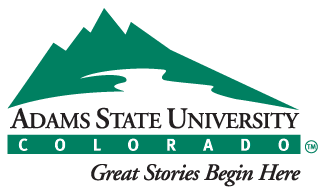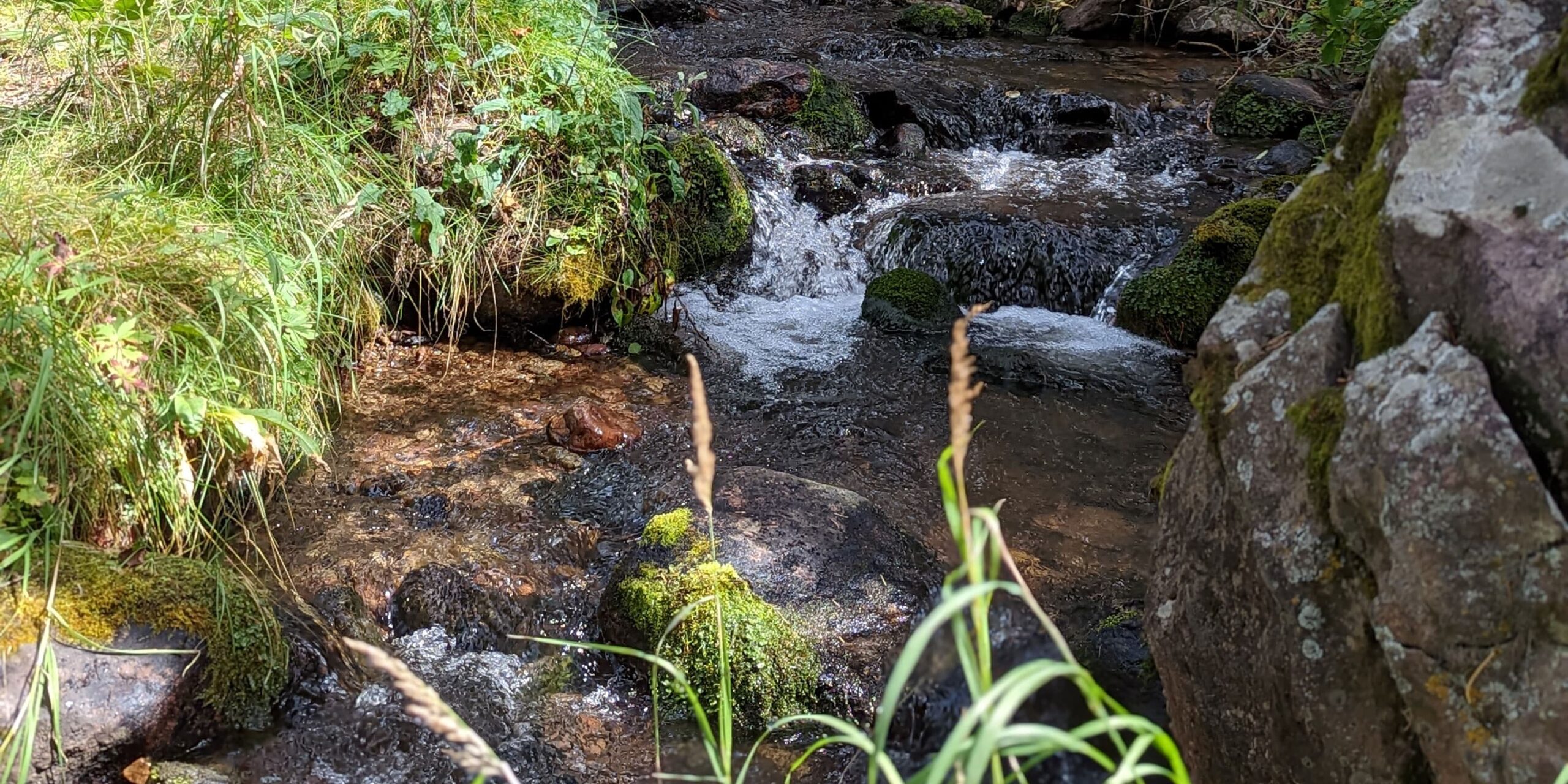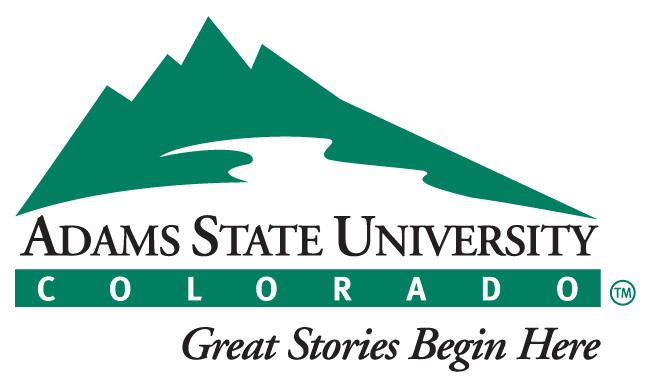Article by Julie Waechter, special to Adams State
A $1.8 million grant awarded in 2019 by the National Science Foundation (NSF) is expanding research opportunities and providing mentoring for Adams State University studying STEM subjects (science, technology, engineering, mathematics). The NSF Improving Undergraduate STEM Education: Hispanic-Serving Institutions grant (NSF STEM IUSE HSI) aims to enhance undergraduate STEM education, broaden participation of students who are historically underrepresented in STEM, and expand students’ pathways to continued STEM education and careers.
Grant Director Dr. Aaron Montoya said the project is piloting evidence-based strategies to create undergraduate research experiences connected to the local ecology and communities. The central component is a new STEM curriculum of Course-based Undergraduate Research Experiences (CUREs) in several STEM disciplines to evaluate and compare water quality, stream biodiversity, and soils in the San Juan and Sangre de Cristo mountain ranges.
Dr. Montoya noted, “The grant has implemented the research project in thirteen STEM courses, giving research opportunities to about 140 unique students a year. Over the lifetime of the six-year grant, 1,335 students have participated in the research projects through their STEM courses.”
Marlene Garcia Araiza, the grant’s STEM Success Specialist and Data Analyst, explained, “Biology classes investigate the microbial and macroinvertebrate communities, while chemistry classes focus on the ion concentrations and testing ion sensing equipment. Geoscience classes use GIS to determine accessible and adequate sampling sites, and math classes investigate statistical methods and apply them to the data collected in the biology classes.”
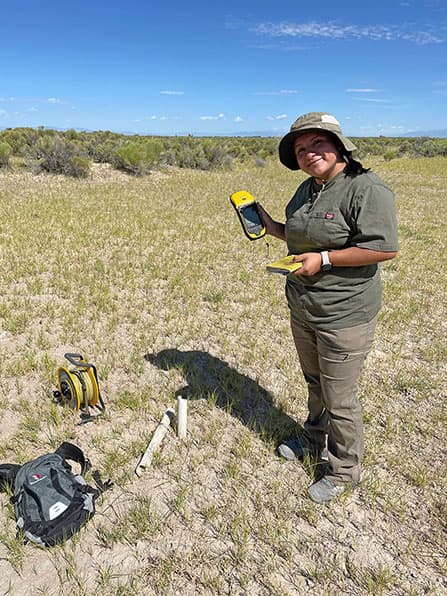
Wildlife biology major Laura Galvan said her General Biology II class compared creek water samples from both mountain ranges, examining the functional diversity and abundance of bacteria. Then in Genetics and Cellular Biology, her class identified the diversity and abundance of bacteria species in the creek sediments.
Dr. Montoya elaborated on the CURE: “This work led to exploring the differences in bacterial species between the San Juan and Sangre de Cristo Mountain ranges. They were able to identify how human activity such as recreation, agriculture, and livestock grazing could be affecting the kinds of bacteria species that are prevalent or absent in the creeks.”
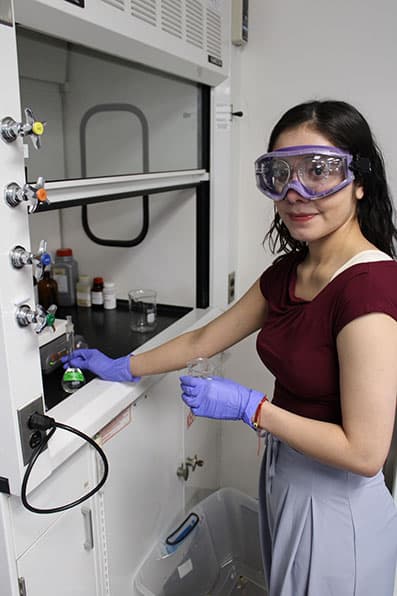
Chemistry major Michelle Aguirre is taking the CURE project a step further with her independent research, also supported by the NSF grant. She designed a molecule to sense zinc in water, which indicates the presence of heavy metals. She hopes to continue that type of work, possibly in graduate school.
She said, “I never got lab experience in high school, so I didn’t have any lab skills. The Adams State professors understand that everybody doesn’t come with a basic understanding of what science and chemistry are about.”
Another key prong in the project is multidimensional mentoring that serves the majority of incoming STEM students. Between 20 and 25 upper-level students serve as mentors each year, Dr. Montoya said. The grant also provides professional development opportunities for STEM faculty to implement culturally relevant classroom activities.
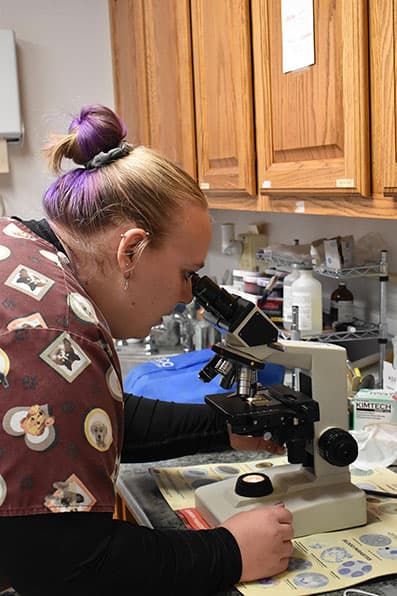
Aliah Dowling, a cellular and molecular biology major who hopes to become a veterinarian, has mentored fellow students and worked as a teaching assistant for General Biology I. “This experience helped me hone my comprehension of biological concepts and be able to communicate my own experiences of learning biology to help other students understand the lab assignments and practical work,” she said. Dowling also has an internship at Alpine Veterinary Hospital, which is funded through the Title III, El Centro Sierra Blanca HSI STEM Grant.
Calvin Ssendawula, a computer science major originally from Uganda, is in his second year as a mentor. He has been a supplemental instructor and has a workstudy job in Computing Services.
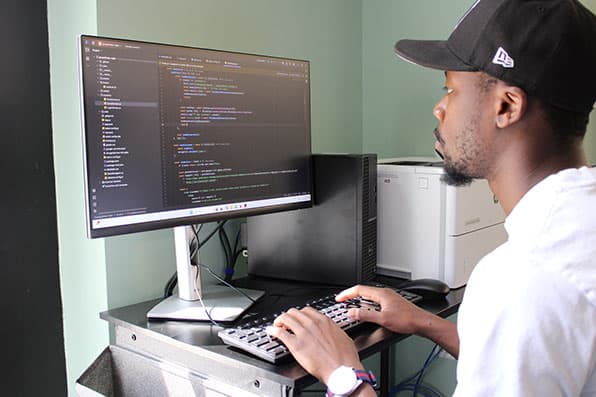
“Some of the mentoring is course specific – I focus on software development. But it’s mostly about presenting our stories to motivate the students. Coming from a different background doesn’t have to define who you are. As a mentor, I need to better myself every day. I figured out a lot on my own, so I try to be a resource to people in my major.”
